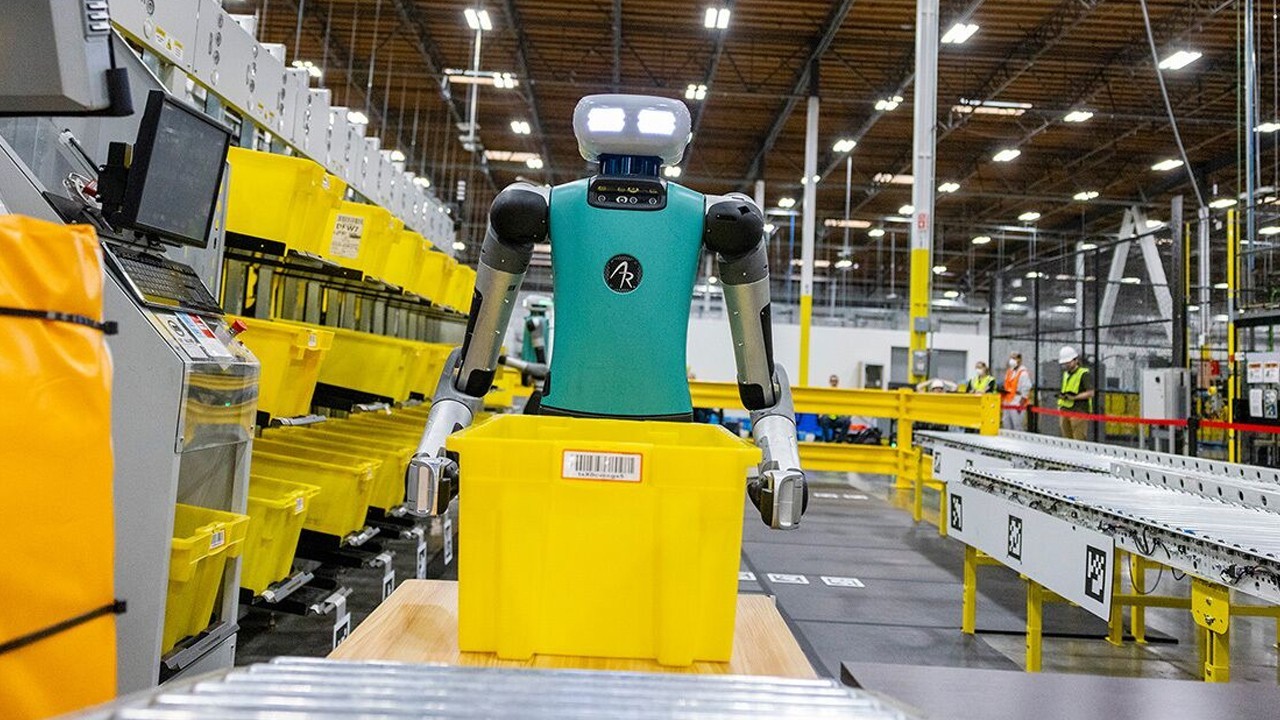Amazon set to have more robots than human workers in warehouses

Web Desk
|
3 Jul 2025
In a landmark shift for the world’s largest online retailer, Amazon is on track to have more robots than human workers in its global warehouse network for the first time, as the company rapidly expands automation to handle its massive logistics operations.
According to a recent update, Amazon now operates over one million robots across its global warehouse facilities — a staggering increase from 200,000 in 2020.
These machines, ranging from robotic arms to wheeled floor transporters, are quickly catching up to, and are likely to soon outnumber, the company’s human workforce in its fulfilment centres.
While Amazon does not disclose the exact number of warehouse workers, they make up a significant portion of its 1.56 million total employees, a figure that has remained relatively flat in recent years.
The Wall Street Journal reported that the rise in automation is contributing to a noticeable drop in the number of employees per facility, now at its lowest point in 16 years.
Amazon maintains that its robots are meant to "work alongside employees", easing the burden of physically demanding tasks such as heavy lifting and walking long distances, often over 16 kilometres per shift.
The integration of automation, the company says, is allowing workers to transition into more technical roles, including robot maintenance and system monitoring.
Read more: Amazon joins race to acquire TikTok ahead of US ban deadline
Despite these reassurances, concerns persist over the long-term impact on employment.
The company has retrained over 700,000 workers since 2019, aiming to pivot its workforce toward engineering and logistics support as more tasks are taken over by machines. Amazon claims that the rise of automation has led to a 30% increase in reliability and demand for skilled jobs in its more tech-heavy facilities.
A 2023 analysis revealed that Amazon now ships 3,870 packages per employee annually — a sharp contrast to 175 packages per employee back in 2015, underscoring the dramatic boost in efficiency driven by automation.
At the same time, broader labour market research has flagged a steep decline in entry-level job postings, as AI systems like ChatGPT increasingly take over routine tasks.












Comments
0 comment